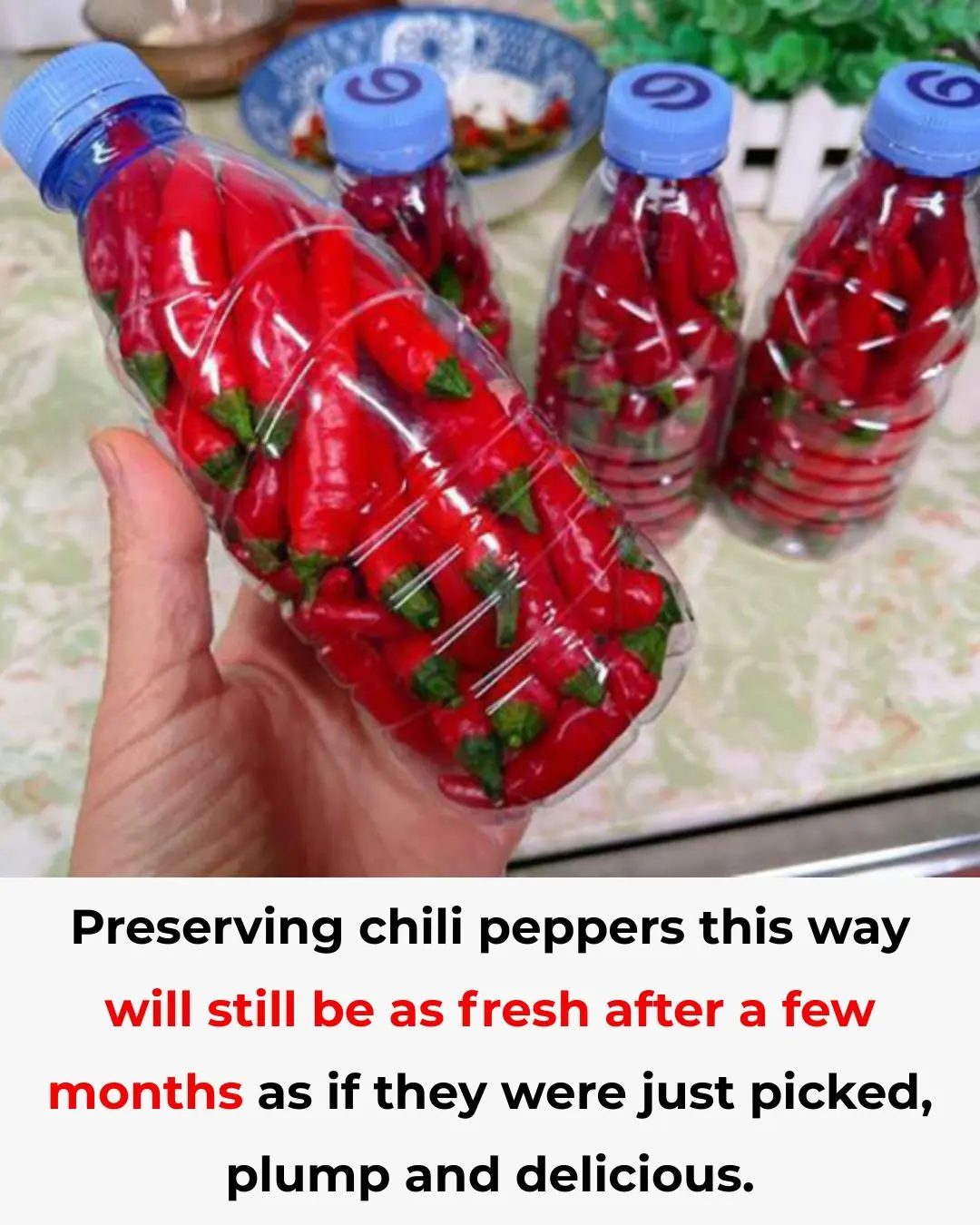
When going to the market, should you choose "straight shrimp" or "curved shrimp"? The difference is huge but few people know it.

Should You Choose “Straight Shrimp” or “Curved Shrimp”? The Difference Is Huge but Few People Know
When shopping for shrimp at the market, many people don’t know whether to choose straight shrimp or curved shrimp. At first glance, the two might look similar, but in reality, there’s a big difference — and choosing the wrong one could mean bringing home shrimp that’s no longer fresh.
The Real Difference Between Straight and Curved Shrimp
There is a significant difference between shrimp that appear straight and those that curl naturally. If you don’t know how to tell them apart, it’s easy to end up buying shrimp that have already died and been stored in the freezer for too long. These shrimp not only have mushy, low-quality meat, but they also develop a strong fishy odor that lingers even after cooking, no matter how much seasoning you use.
When you go to the market or supermarket, always prioritize shrimp that are slightly curved. This shape tells you something important about their freshness. Once shrimp die, the muscles in their bodies relax and become soft. Even if they’re later frozen, their bodies often appear unnaturally straight.
In contrast, live or freshly caught shrimp naturally curl when they’re exposed to low temperatures or stress. This curved shape comes from muscle contraction that happens right after death — a reliable sign that the shrimp were alive not long before being sold.
Three Important Details to Watch When Buying Shrimp
Besides the shrimp’s shape, there are a few other critical things to look out for to avoid buying old or poorly stored shrimp.
1. Shrimp Missing Their Heads or Tails
If you notice shrimp with missing heads or tails, it’s a red flag. The head is usually the first part to spoil, becoming soft, mushy, and sometimes even giving off a sour smell. This means the shrimp have been kept for too long, and their meat won’t taste fresh anymore. When cooked, these shrimp tend to have a strong fishy odor and lose their firm, sweet texture.
2. Shrimp Shell Turning Red
If the shrimp’s shell has turned reddish or pinkish before cooking, it’s likely been exposed to high temperatures during transport or storage. Normally, raw shrimp should have a clear gray or bluish shell, depending on the type. A red or orange tint means the shrimp are aging or beginning to spoil. Their meat will lose flavor and elasticity. Always choose shrimp with clean, translucent shells and no signs of discoloration.
3. Shrimp Flesh That Feels Too Soft
Fresh shrimp should feel springy and slightly firm to the touch. If the flesh feels soft, mushy, or slippery, it’s a clear indication that the shrimp has started to spoil. The head and tail may detach easily, and there’s often a strong, unpleasant smell. When cooked, these shrimp develop an overly fishy taste and rubbery texture. To ensure food safety and taste, it’s best to avoid buying them.
Extra Tip: How to Boil Shrimp for the Best Flavor
Cooking shrimp properly also makes a big difference. When boiling shrimp, always use boiling water and consider adding Sichuan peppercorns, slices of ginger, and a splash of beer. These ingredients help remove any lingering fishy smell and enhance the shrimp’s natural sweetness.
For the best flavor, shrimp should be eaten the same day they are cooked. If left for too long, the meat becomes tough and dry, losing its delicate texture and sweetness.
Final Advice
When buying shrimp, choose the ones that are curved and have firm, translucent bodies. This simple observation can tell you a lot about their freshness. Curved shrimp are almost always fresher, and when cooked — whether boiled, grilled, or stir-fried — they deliver a tender, sweet, and naturally delicious taste that straight, old shrimp simply can’t match.
News in the same category

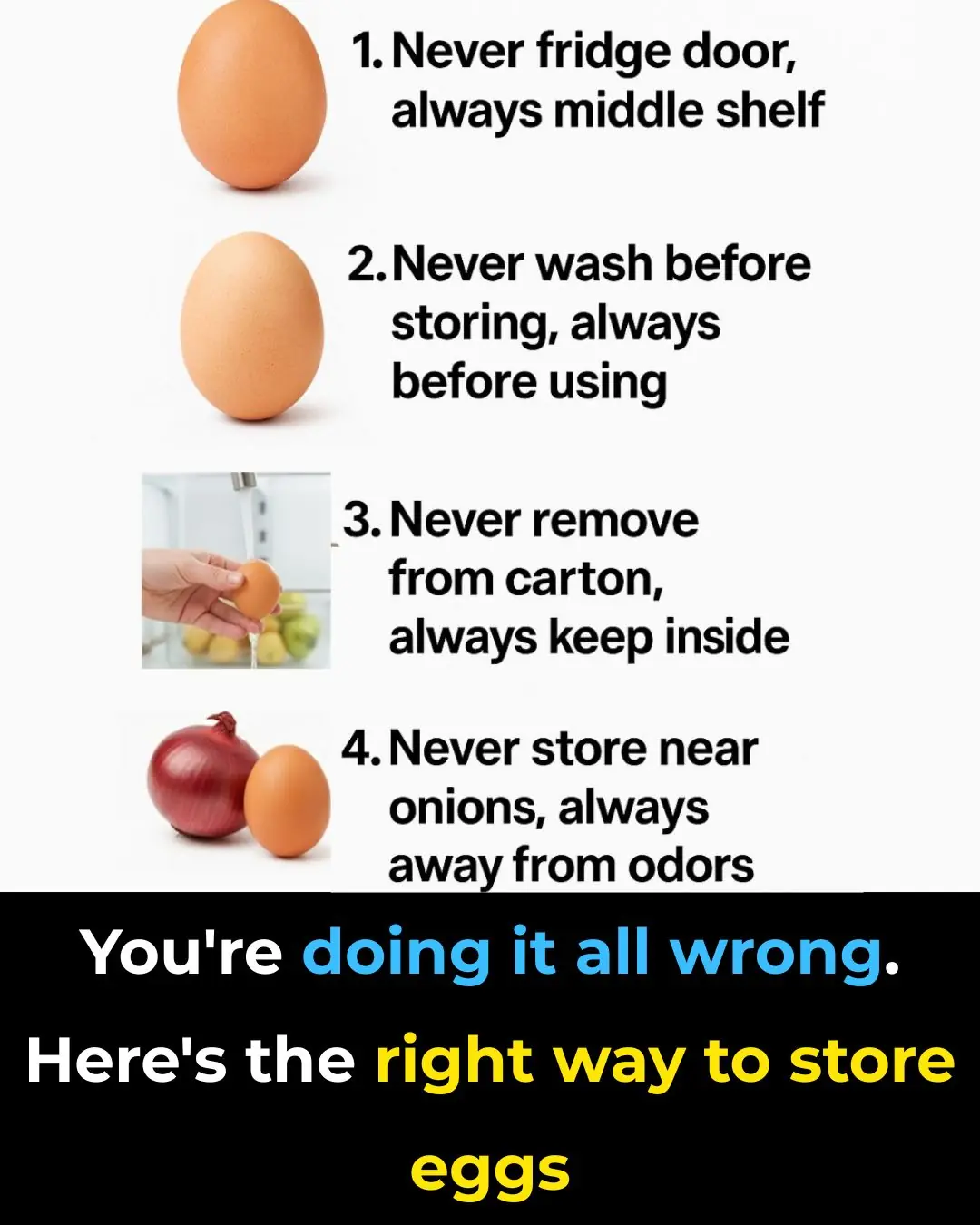
You’re doing it all wrong. Here’s the right way to store eggs

The reasons why public toilet doors don't touch the ground.
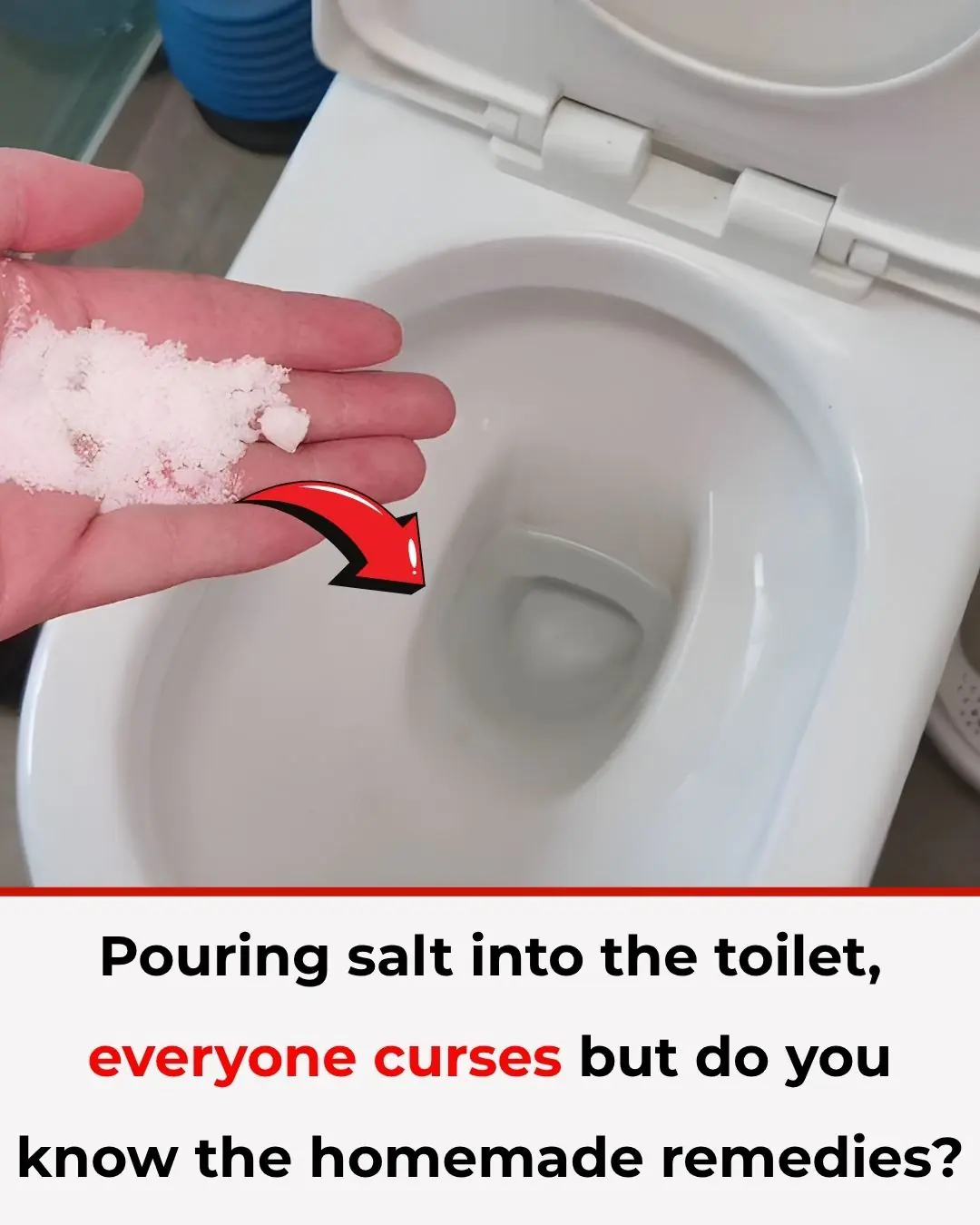
Pouring Salt into the Toilet: Everyone Thinks It’s Crazy, but Once You Know Its Benefits, You’ll Try It at Home Immediately

Black Mold on Refrigerator Seals? Use This Trick to Clean It in Just 5 Minutes

Don’t Ignore This: Check Your Fridge Now and Remove These 7 Items Before It’s Too Late
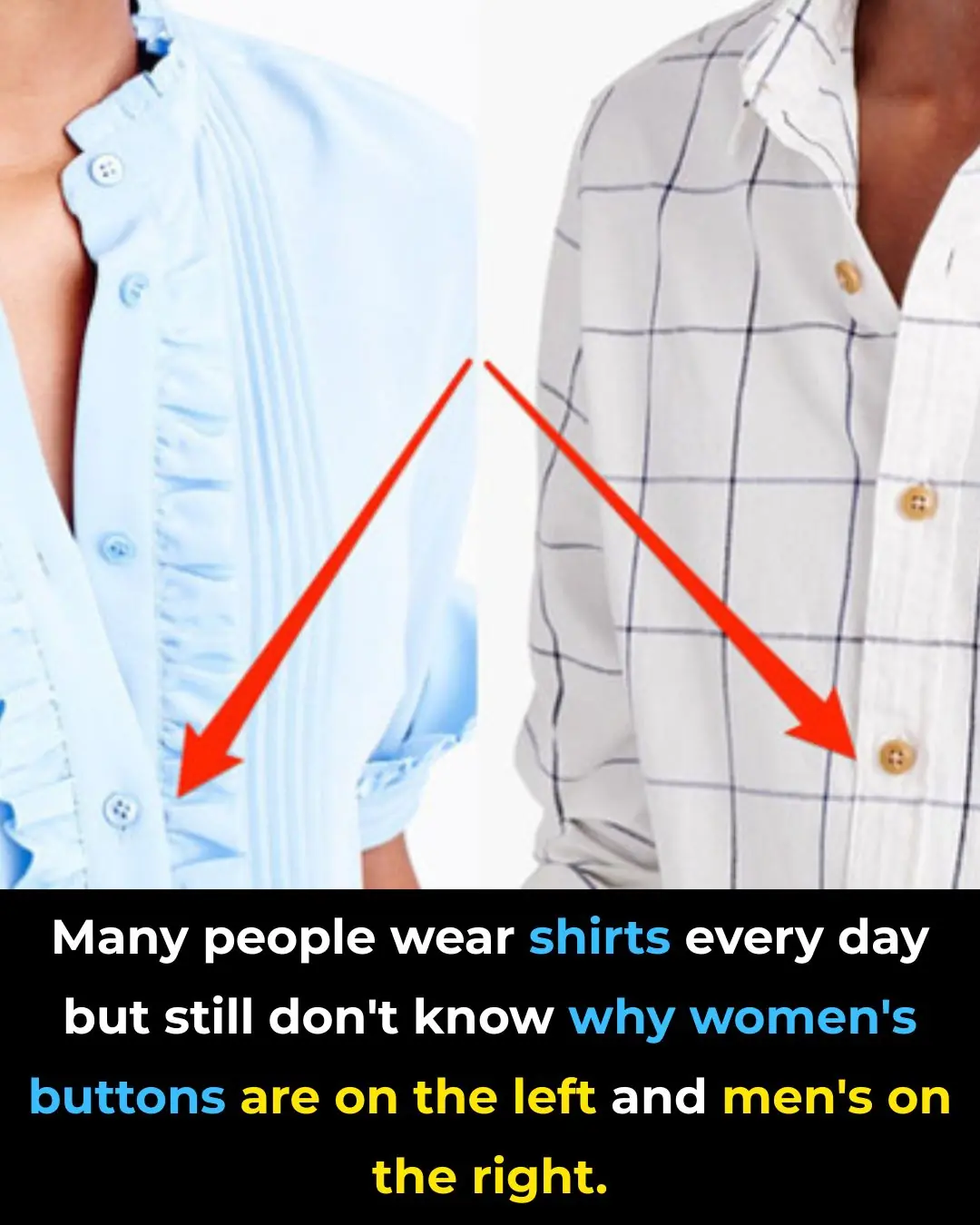
Why is that and the answer for those who don't know?

Why Do Flat Electrical Plugs Have Two Round Holes? The Hidden Function Is Brilliant

What Your Pile of Dirty Dishes Might Really Be Saying About You

You're doing it all wrong. Here’s the right way to store butter
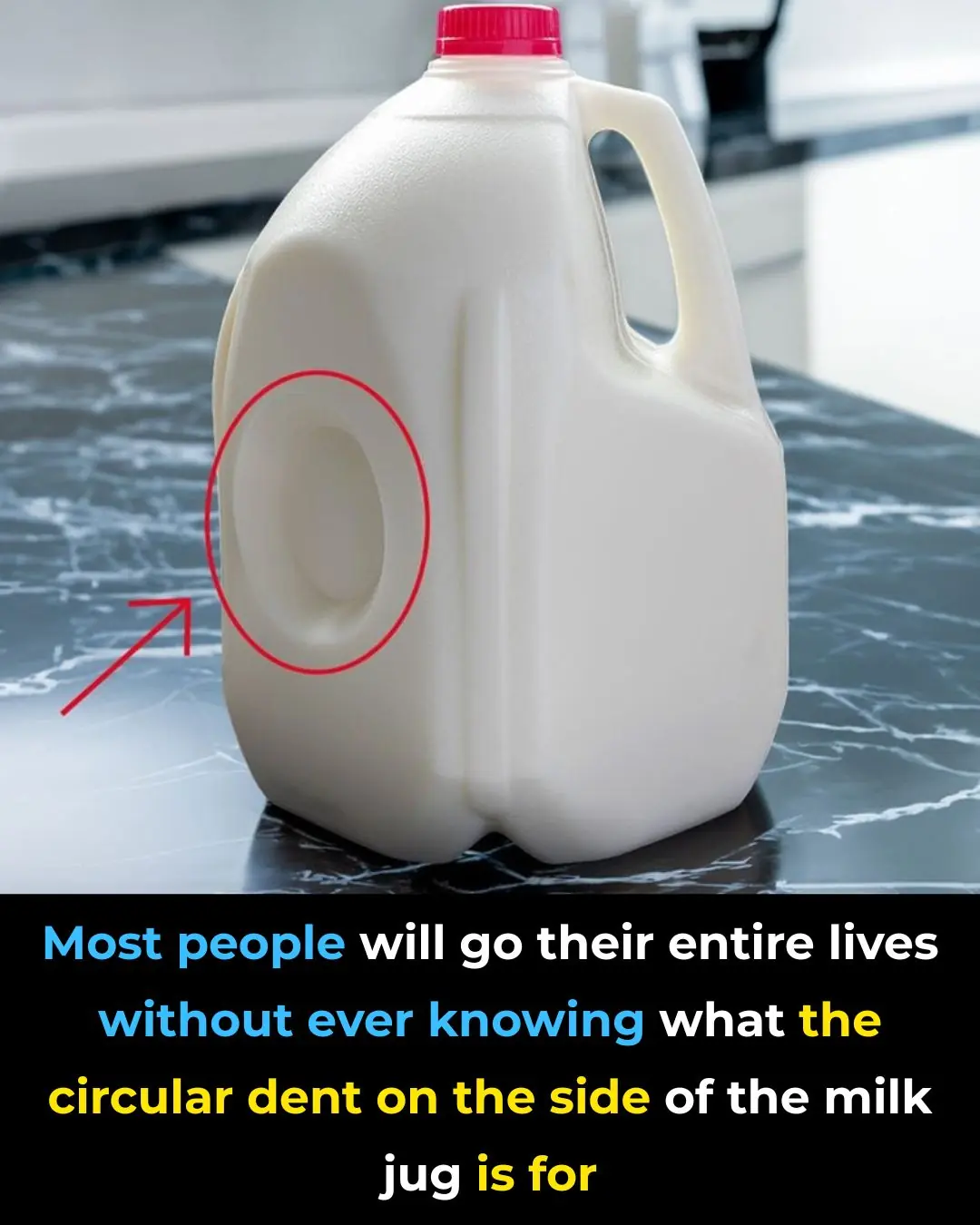
Why There’s a Dent in Your Milk Jug—and What It Actually Does

The more you clean a leaky house, the dirtier it gets: Do this to dry it, with immediate effect

During humid spring rains, put this in the bathroom to help deodorize, avoid moisture, and save cleaning time.
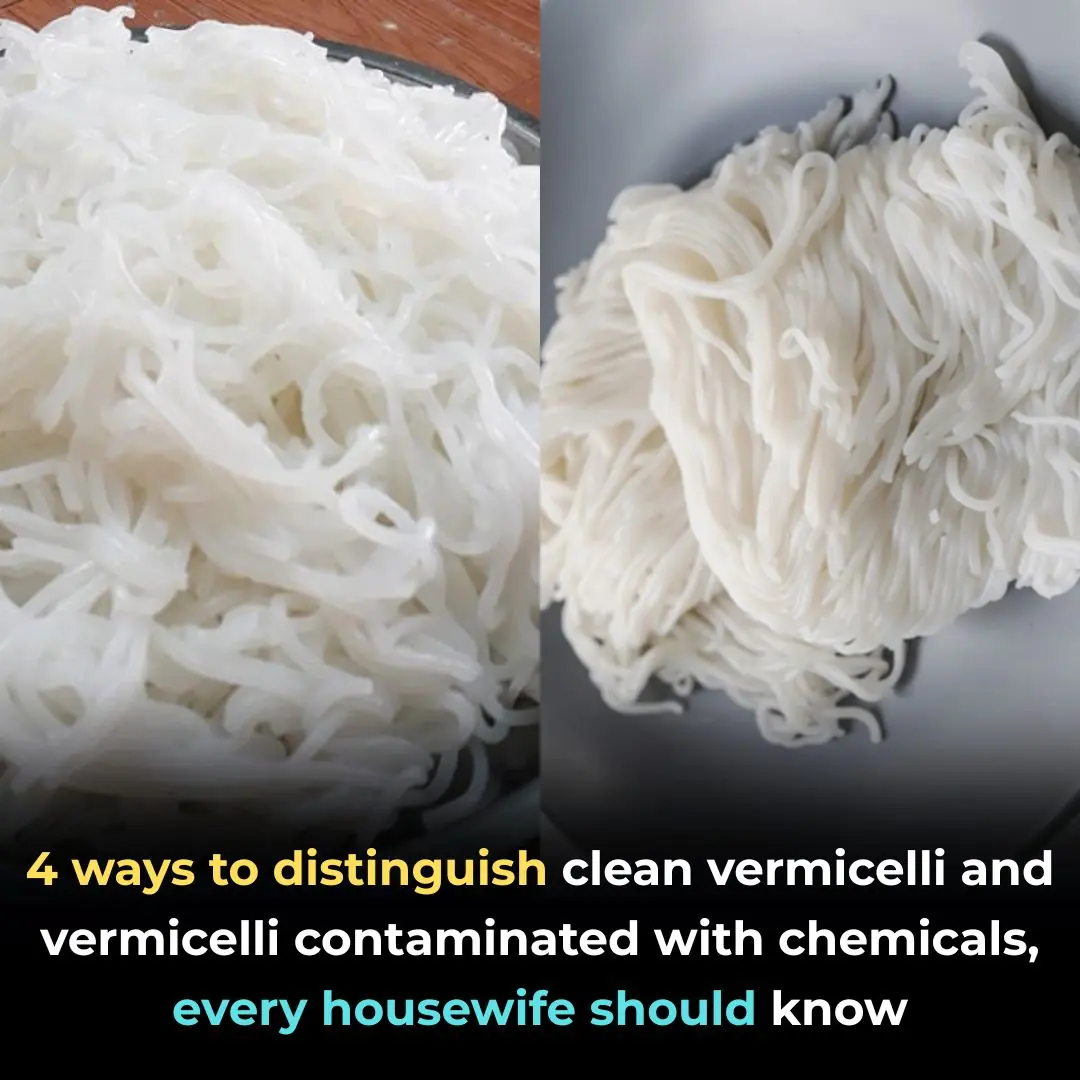
4 ways to distinguish clean vermicelli and vermicelli contaminated with chemicals, every housewife should know
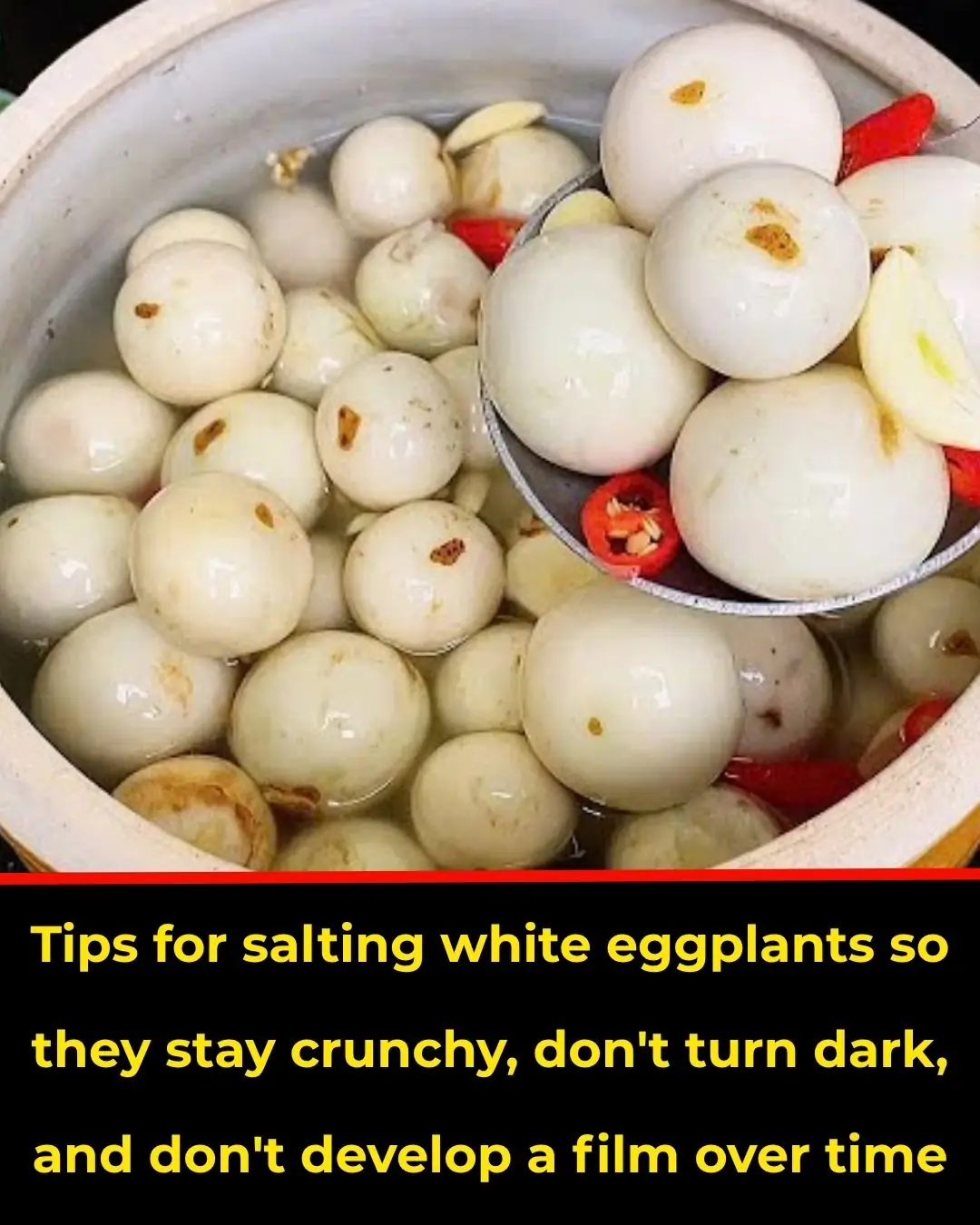
Tips for salting white eggplants so they stay crunchy, don't turn black, and don't develop mold over time

Putting citrus peels in white vinegar helps solve many household problems without wasting effort.

The whole world values this type of fruit even more than cordyceps; Vietnam has plenty of it, but no one knows to eat it.
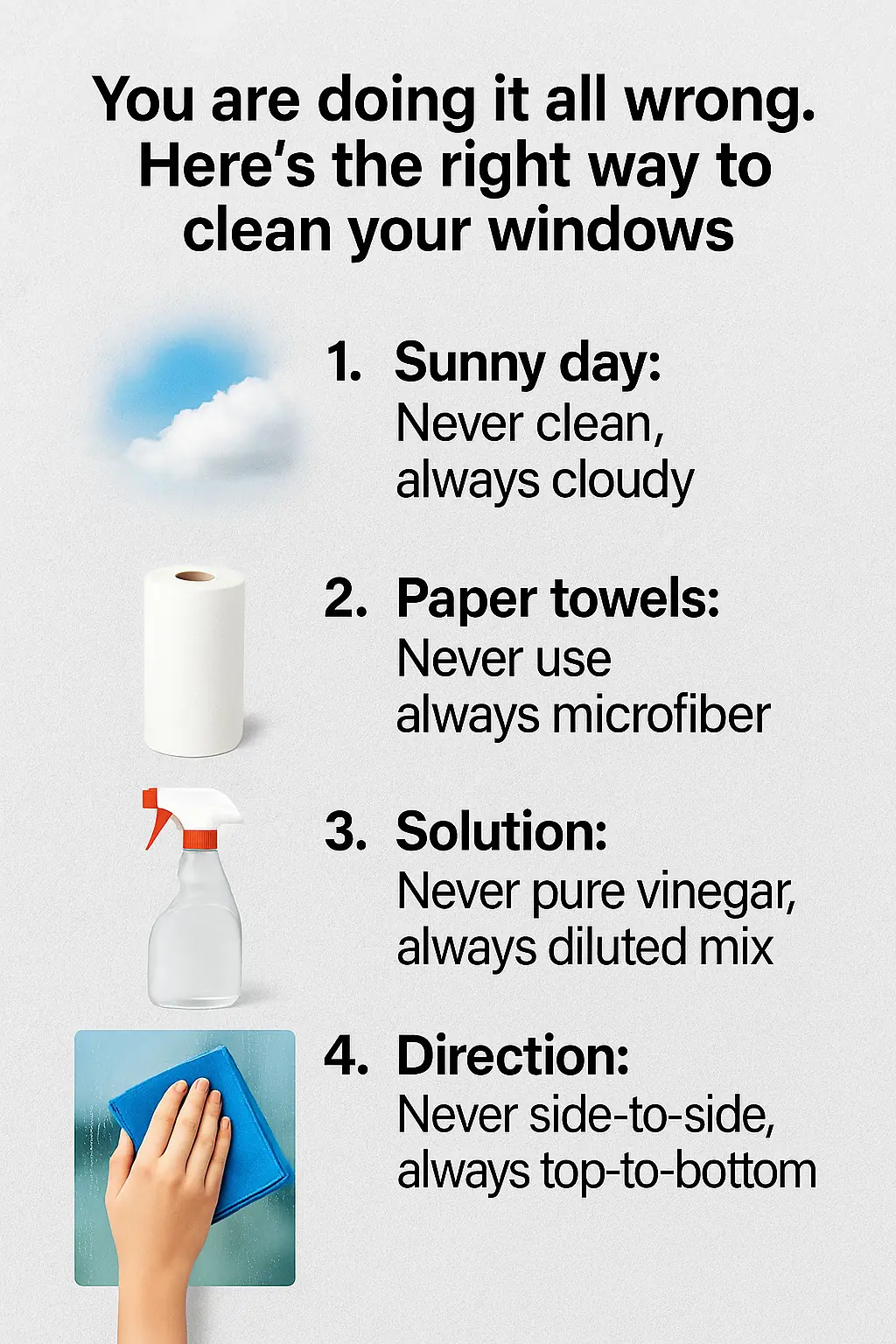
You are doing it all wrong. Here's the right way to clean your windows

My nana taught me this hack to whiten dingy grout in 4 mins with 0 work. Here’s how it works

You’re doing it all wrong. Here’s the right way to dust your home
News Post
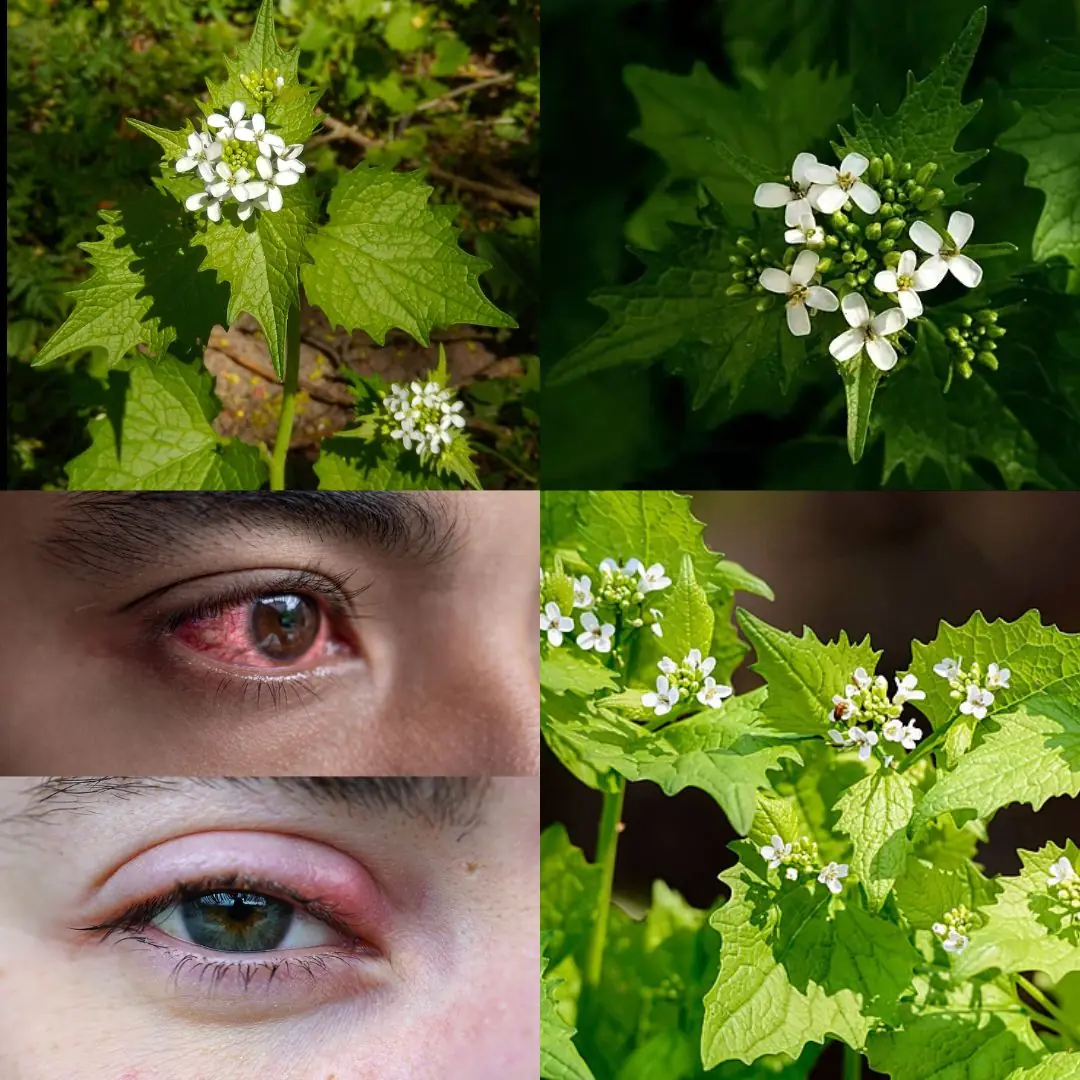
Garlic Mustard: The Overlooked Herb That Can Boost Your Health — Especially Your Eyes

SHOCKING NEW STUDY REVEALS WHAT MIGHT BE SILENTLY DESTROYING HUMAN FERTILITY

POPULAR SHAMPOO URGENTLY RECALLED BECAUSE IT CONTAINS BACTERIA THAT KILLS UP TO ONE IN TEN PATIENTS

How to Store Chili Peppers So They Stay Fresh, Juicy, and Flavorful for Months

Nurse who's witnessed 'so many deaths' explains spine-chilling moment she realised 'what happens after we die'

You’re doing it all wrong. Here’s the right way to store eggs
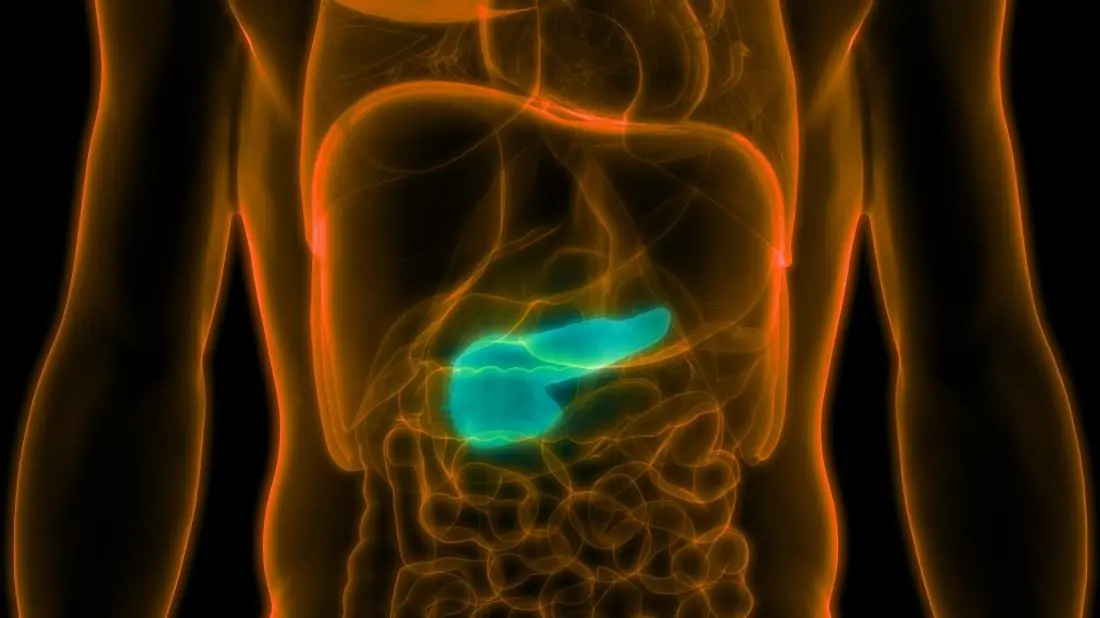
The influenza flu virus is being used to cure pancreatic cancer

The reasons why public toilet doors don't touch the ground.
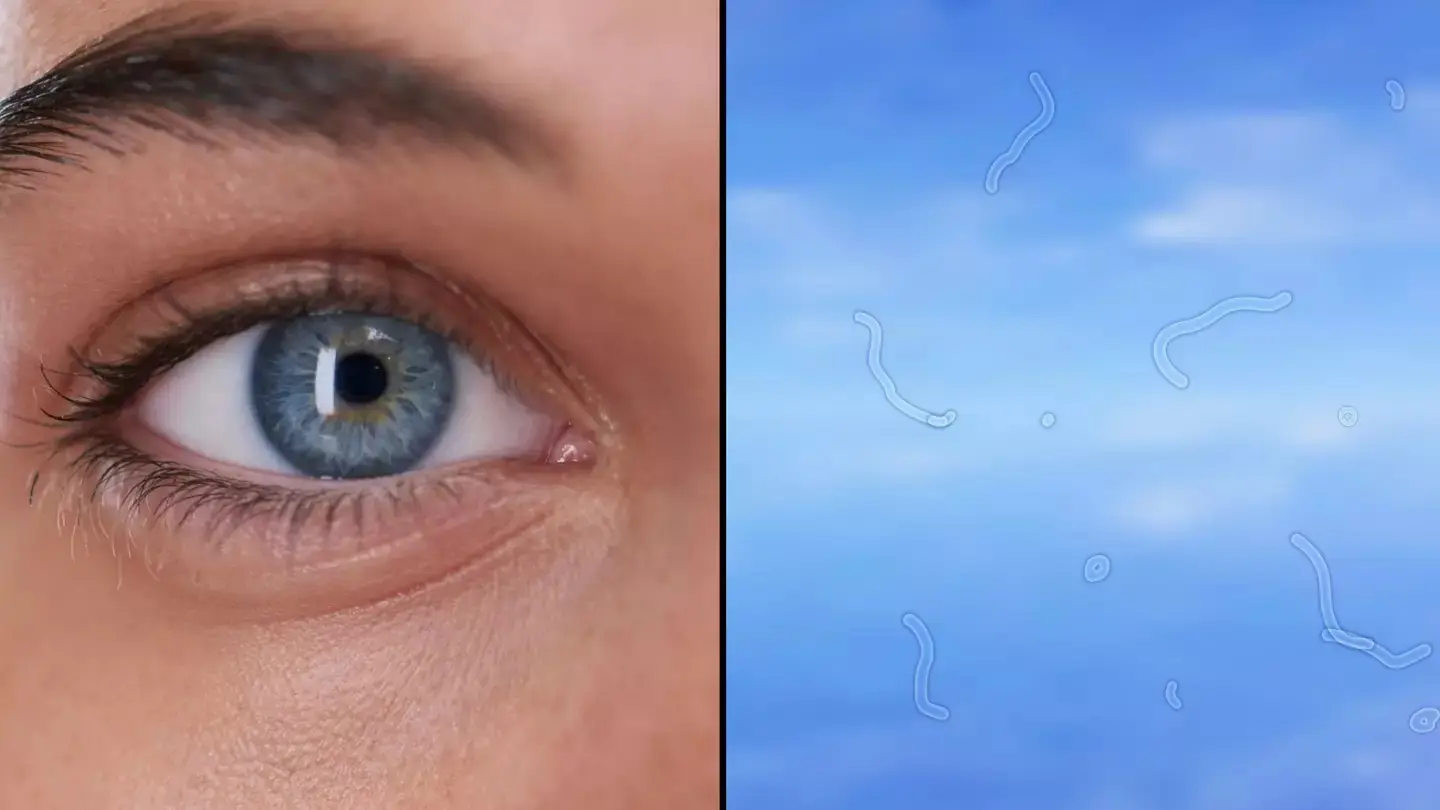
Eye Doctor Reveals What To Do If You Start Seeing ‘Floaters’

The Baby Hippo Who Just Wanted to Be Left Alone.

The Chimpanzee and the Lion Cub: A Love Beyond Species.
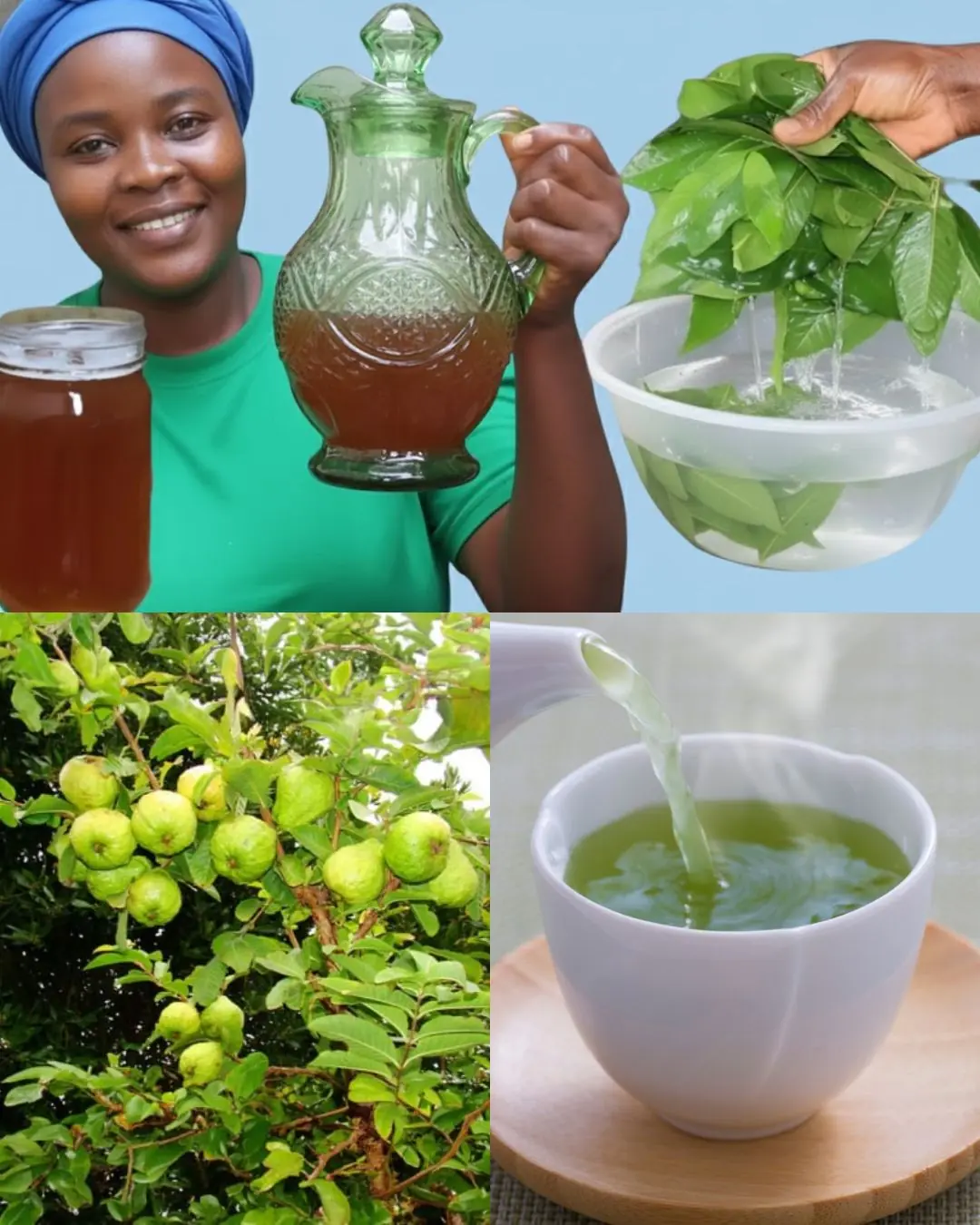
🍃 17 Reasons to Drink Guava Leaf Tea Twice a Week

If cancer cells are present in the body, these 3 symptoms often appear in the morning everyone should pay attention

The Night the Bear Knocked at the Door.

🥤 The Rejuvenating Smoothie That Makes You Look 20 Years Younger 🌿

A Love That Shaped a Legend: Robert Redford and Lola Van Wagenen.

Firefighter’s Final Rescue Saves Ten Souls

Rex: The Police Dog Who Gave His Life to Protect His Best Friend

3 foods you thought were bad for diabetes (but aren’t!)
